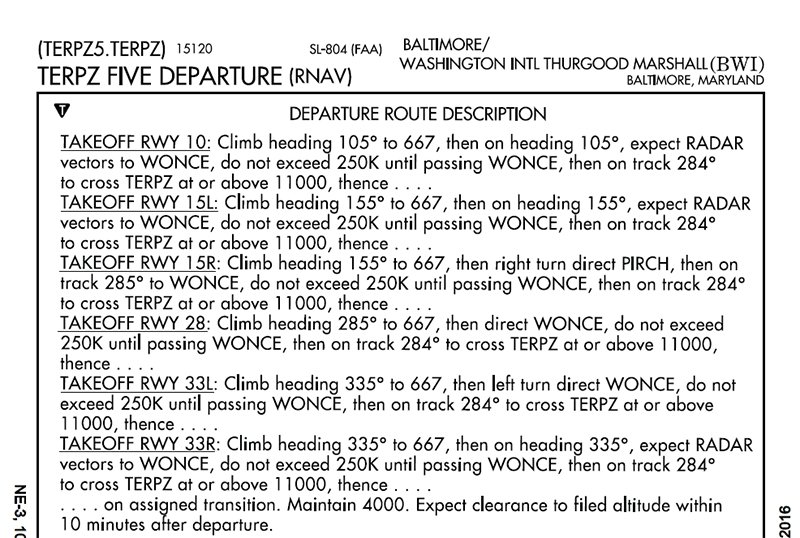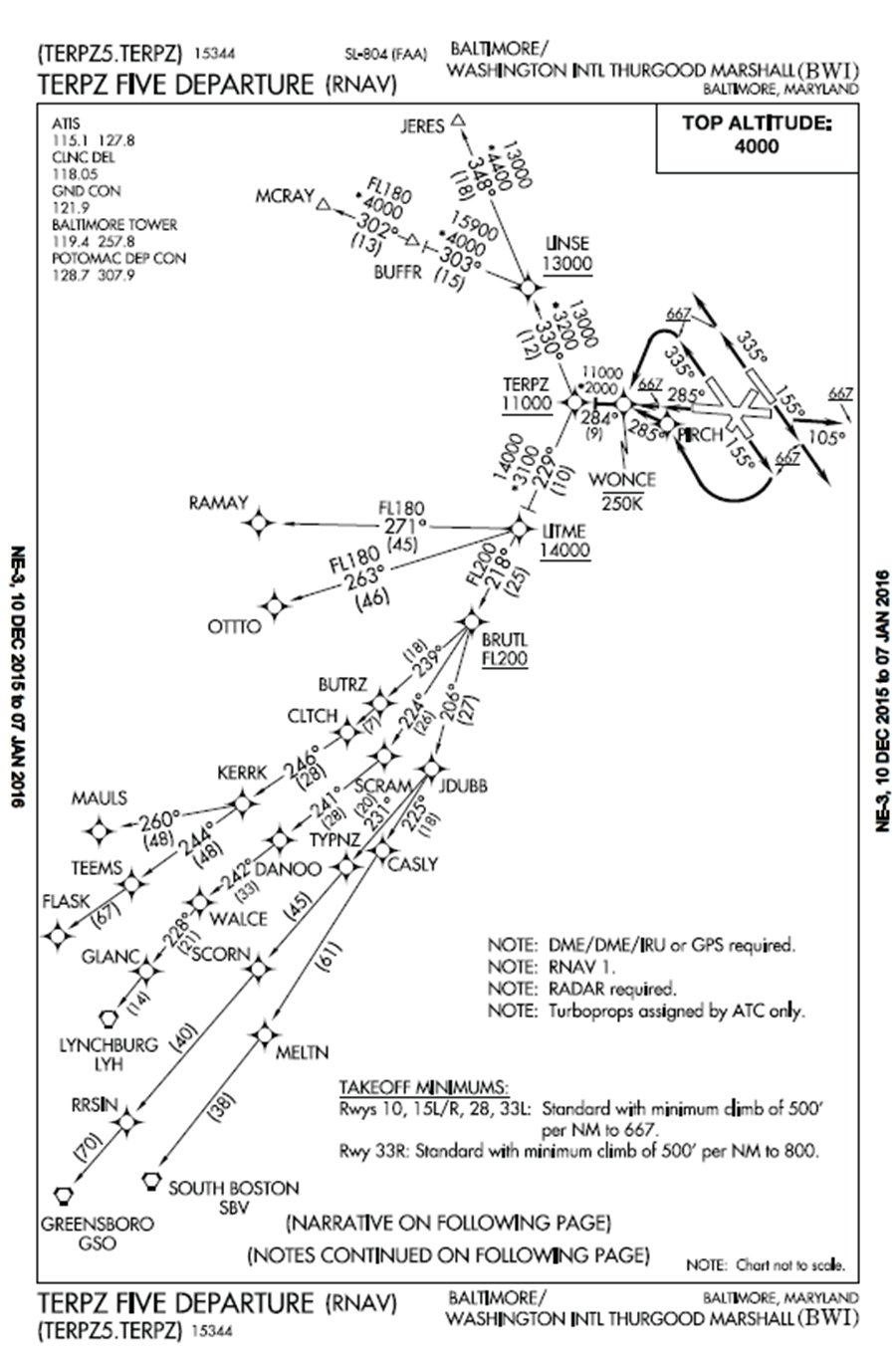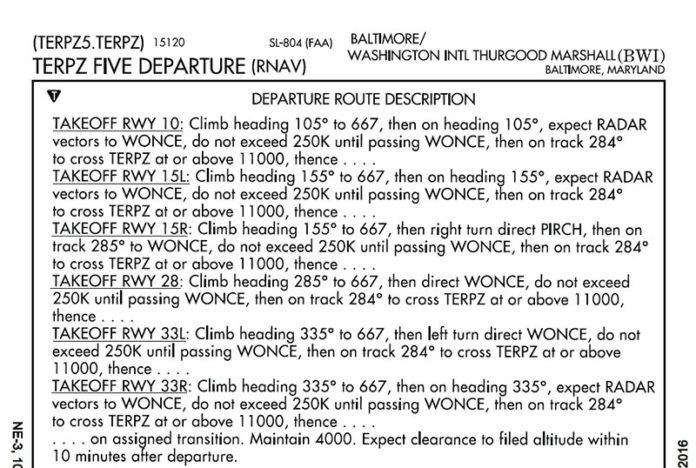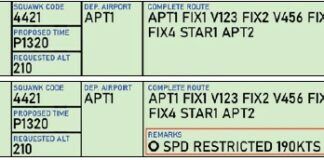Use Numbers, Not Names
For years I’ve been suggesting to NACO to stop using nonsense five-letter identifiers that were impossible to pronounce and usually led to confusion in actual IMC, and replace them with numerical identifiers.
For example, instead of clearing me to OYOSO, the fix could be 45679. The numerical fix is easy to pronounce, easy to recall and eliminates confusion because it is so specific.
I followed up several times but they never responded to my letters. I think it is a workable, safety-oriented logical solution to confusion in the cockpit. What do you think?
Dan Sorkin
Walnut Creek, CA
Perhaps I’m just resistant to change, but I don’t see it as you do.
First, I don’t find existing fix names often to be difficult or confusing. Certainly they can get awkward, particularly on RNAV approaches and some computer fixes used to identify a turn point on SIDs and STARs. But, for the most part, I’ve not found them to be too challenging.
Take your example of OYOSO, “OY-OH-SO.” Its three syllables are pronounceable and rather distinct—not likely to be confused in a clearance. Yes, since it’s not a vocabulary word and if you got it in a large clearance, say on the ground, you’d have to go looking for it to know how to spell it, but once in flight and if it’s on your path, picking it out is quite simple.
Compare that with your example of 45679, seven syllables and potentially lost in a sea of numbers. If you got that, you’d have to immediately write it down or keep repeating it in your head, “45679…45679…45679…” until you found it. Plus, scanning the fixes on an airway would probably be more difficult with numeric names than text-based names.
I will concede that copying a full-route clearance might be easier with numeric fixes. But once you’re in the air where time really matters, the named fixes are likely easier—just pick one that looks/sounds similar from your flight plan; confirm if necessary. —FB
Don’t Want a Sim Instructor
I read December’s “Need a Sim Instructor?” with great interest because I have a FlyThisSim TouchTrainer BATD with a current LOA. Your article explains the rules from January 2, 2014 quite nicely, but did not refer to the Information for Operators InFO #15012 issued on September 8, 2015 by the FAA Flight Standards Office. The subject of that memo is “Logging Instrument Approach Procedures (IAP)” and was issued to clarify the conditions under which a pilot may log an IAP in his or her logbook.
Nowhere in that very detailed memo does it say that an instructor must be present to witness the pilot performing the required procedures on a simulator or ATD. In your opinion, does this memo supersede Part 61.561(g)(4), making the CFII sign-off unnecessary for logging IFR recurrency practice on a sim, or does the rule prevail over the more recently published “clarification”?
Mark Donnelly
San Jose, CA
You’re falling into a seductive, common trap. Just because one regulation or clarification doesn’t mention all other applicable regulations or clarifications does not mean that the others do not apply. Everything from the FAA is cumulative, not exclusive. For example, take 91.175 about the things you need to land in IMC. It says nothing about not flying recklessly, but that regulation (obviously) also still applies.
Also, the InFO can only clarify, it can’t supersede regulations. Section 61.51 (g)(4) is clear. Incidentally, we actually spoke with Allan Kash, the author of the InFO, and he was also definitive that an instructor is required IAW 61.51 (g)(4). See the article on page 16 of this issue for a discussion of that InFO.
Specifically, yes, our conclusion as supported by multiple statements from FAA Legal, is that you must have an instructor present in a sim (of any type) if you’re logging the time for currency. We don’t like it either and we’ve heard some rumblings during our investigation that the requirement might change and match the preamble when published.
Got any friends who are CFIIs? Just give them time in your sim in exchange for “observing” you. Better yet, get a CFII yourself so you can trade off, “observing” each other for currency. (“Observing” is not defined by the Feds. Some instructors might feel that they’re observing if they’re drinking coffee and reading a magazine—IFR, of course—in an arm chair in the same room, glancing your way occasionally. But, you didn’t hear that from us.)
I noticed the discrepancy between the Federal Register Final rule comment and the text of the regulation when it first appeared. I wrote to John Lynch, who was then still with the FAA and the author of many of the Part 61 rule changes going back to at least the major revision in 1997. For those who recall, he was also the author of the once publicly-available but since-orphaned “Part 61 FAQ.”
Lynch’s response was that with all the other changes in the 2009 revision, the writers simply “forgot” to change the wording of the reg itself. I take Lynch’s reply at face value although one can wonder why, if the intent really was to change it, they haven’t done so in the ensuing six years.
Mark Kolber
Greensboro, NC
Well, rumors, rumblings and our own preferences aside, our research leads us to conclude that the current FAA has no intention of relaxing the requirement for an instructor to observe and sign off sim time for currency. We hope we’re wrong.
How High Can They Go?

BWI was recently clearing departure s to fly the TERPZ FIVE from Runway 15R. The plan view of the procedure has the notation in the top-right corner of the first page: Top Altitude 4000. The text says to expect radar vectors to WONCE, then to track 284 degrees to cross TTERPZ at or above 11,000 feet. Nowhere is 4000 feet mentioned except in the description for a departure for RWY 33R. Why is the top altitude 4000 called out on the plan view without noting that it applies only to Runway 33R?
Victor Vogel
Selinsgrove, PA

The 4000 limitation applies to departures on all runways; the notation on the graphic is correct. The way the FAA depicts this in the text is at first confusing, but on closer look makes sense. Notice the “thence….”) after the end of each runway-specific instruction. Then, after all the runway-specific instructions, the generic instruction continues, “….on assigned transition. Maintain 4000. Expect clearance to filed altitude within 10 minutes after departure.”
That’s read by starting with the runway-specific instruction, then the bit at the end that is tacked on to the end of each runway-specific instruction.
It’s quite common for a departure clearance to contain an altitude limit that is well below subsequent crossing restrictions or MEAs. Even departing from Cow Patch Muni, you’ll typically get an initial altitude a lot lower than the MEA you might encounter within a few miles. The plan on the TERPZ FIVE is to take off and climb to 4000 feet. Usually before you get there, but occasionally after you level off a bit—probably for traffic—you’ll get a further climb clearance.
We read ‘em all and try to answer most e-mail, but it can take a month or more. Please be sure to include your full name and location. Contact us at [email protected].





